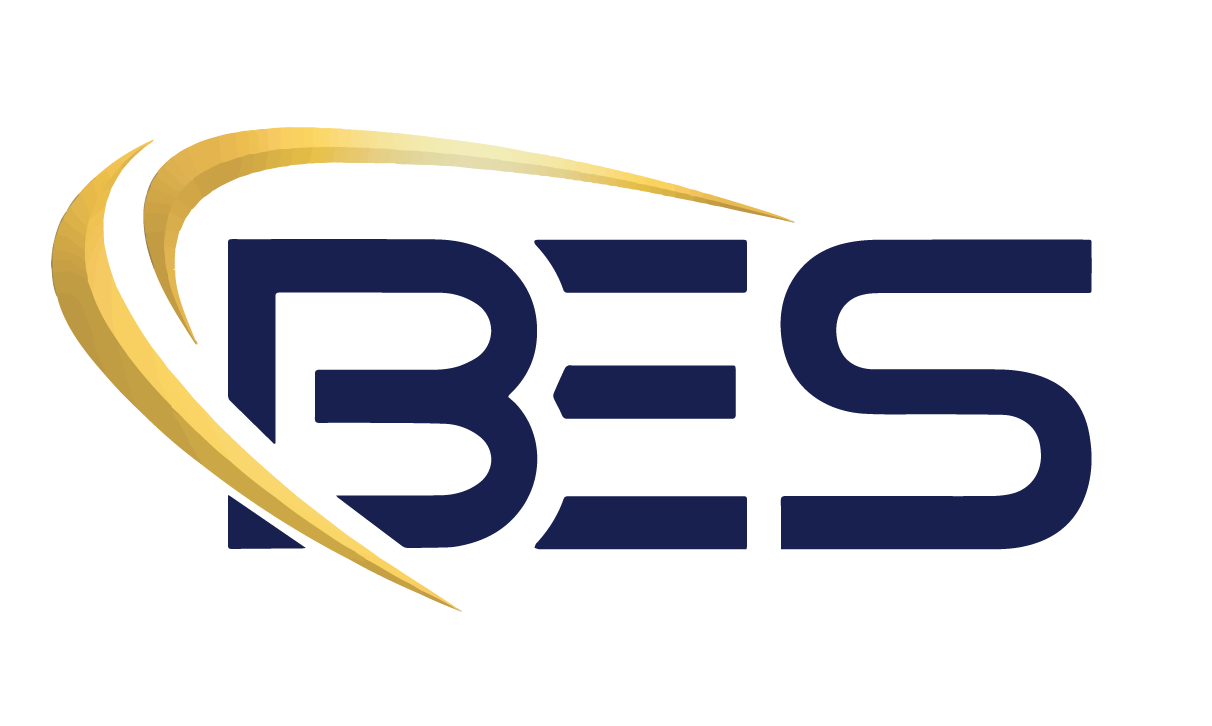Adapting to FERC Order No. 2023: A Strategic Guide for Utility Executives
In July 2023, the Federal Energy Regulatory Commission (FERC) issued Order No. 2023 to modernize and streamline the electric grid interconnection process. This order aims to enhance reliability, efficiency, and transparency, ensuring fair and non-discriminatory services. Utility organizations must understand and swiftly adapt to these changes to maintain compliance and seize this opportunity for a competitive advantage, but time is running out.
Why the Reform?
Order No. 2023 builds on previous reforms (Order Nos. 2003 and 2006) addressing interconnection procedures for large and small generating facilities. The rapid growth in renewable energy technologies has overwhelmed existing processes, leading to significant backlogs and uncertainties. FERC's new order addresses these issues through comprehensive reforms developed with direct input from regional transmission owners (RTOs) and transmission owners (TOs).
What are the Key Reforms of Order No. 2023?
1. Transition to a "First Ready, First Served" Cluster Study Process
The new approach replaces the "first come, first served" method with a "first ready, first served" process, studying clusters of ready projects together. This reduces backlogs and improves efficiency.
Enhanced Transparency: Public access to interconnection information, including available transmission capacity “heat maps.”
Cluster Studies: Definitive study timelines, detailed restudy explanations, and equitable cost allocation.
Financial Readiness: Stricter site control and commercial viability requirements with increased study deposits and withdrawal penalties.
2. Accelerating Interconnection Queue Processing
Enforcing deadlines and financial penalties for transmission owners missing study deadlines is vital to improving queue processing speed. It also mandates early notification and study of impacts on neighboring systems to prevent delays.
3. Incorporating Technological Advancements
The order facilitates the integration of innovative energy technologies:
Co-location Flexibility: Allowing multiple projects at a single generating facility, enhancing resource diversity.
Alternative Technologies: Evaluation of cost-effective transmission technologies.
Non-synchronous Generation: Establishing modeling and performance requirements for non-synchronous facilities while supporting critical synchronous resources.
Strategic Implications for Utility Organizations
Organizations must strategically navigate these changes to ensure compliance and leverage new opportunities:
Invest in Transparency Tools: Develop applications providing clear insights into interconnection points and grid capacity, improving operational awareness.
Strengthen Project Viability Assessments: Implement rigorous checks to ensure only feasible projects enter the queue.
Enhance Collaboration: Coordinate with neighboring transmission owners to streamline studies and reduce delays.
Embrace Technological Innovation: Adopt advanced transmission technologies for improved efficiency and cost-effectiveness.
How to Navigate FERC Order No. 2023
FERC Order No. 2023 represents a shift towards a more efficient and transparent interconnection process. However, adapting to these reforms presents a unique opportunity for utility organizations to innovate and enhance operational awareness and efficiency, positioning them for success in the evolving energy landscape. BES has proven success in assisting utility organizations to achieve compliance and leverage their existing technology investments to seize this unique opportunity.
Interested in learning more?
Read the technical post here.
Sources
2. Federal Energy Regulatory Commission - Explainer of the Interconnection Final Rule







